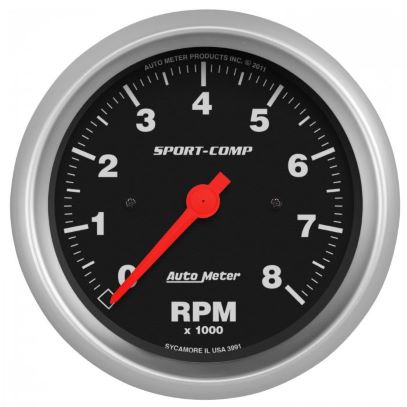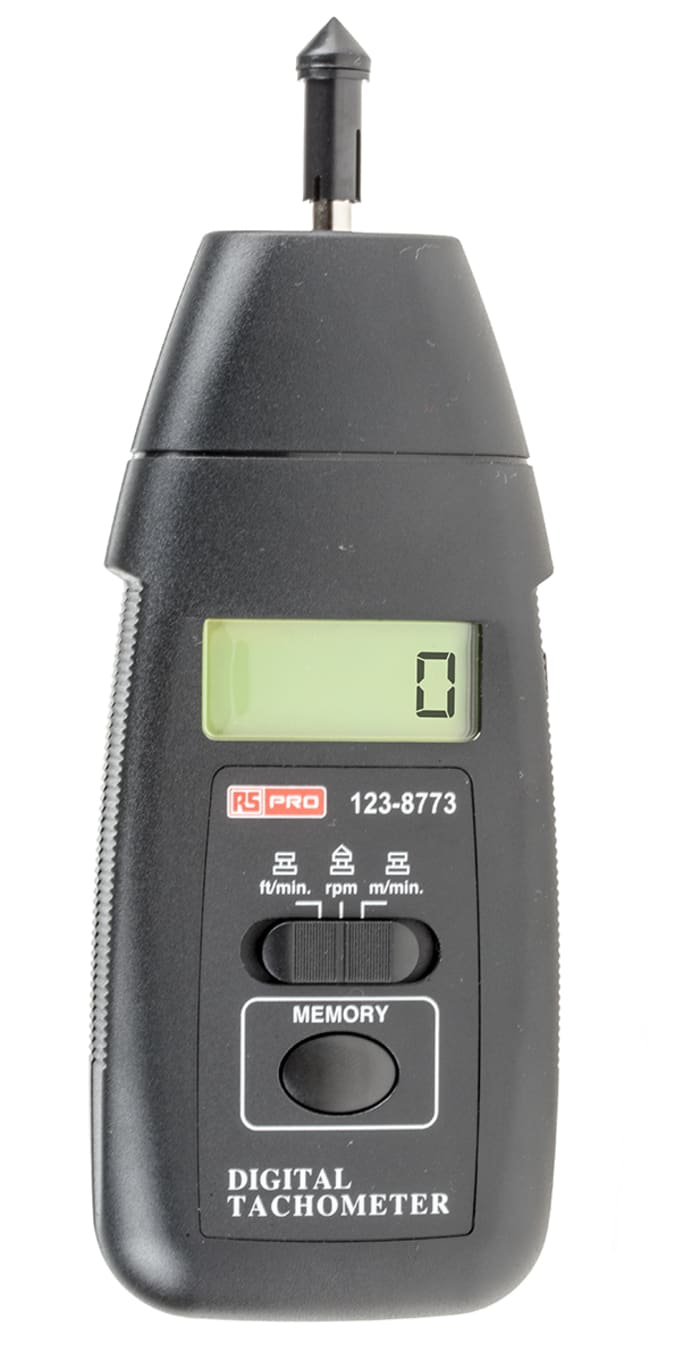Expert Tips for Maintaining and Adjusting Your Tachometer
Expert Tips for Maintaining and Adjusting Your Tachometer
Blog Article
The Significance of a Tachometer in Checking Engine Speed and Efficiency in Automotive Applications
In the world of automotive engineering, the tachometer stands as an essential tool in the vehicle driver's collection, providing a direct home window right into the internal operations of a vehicle's engine. Beyond its function as a simple gauge of transformations per min (RPM), the tachometer offers as a vital device for lovers and specialists alike, supplying real-time understandings right into engine efficiency and health and wellness.
Value of Checking Engine RPM
Checking engine RPM, or changes per min, is a critical aspect of automotive upkeep and efficiency examination. Engine RPM straight associates with the speed at which the engine's crankshaft revolves, indicating how quickly the engine is running - tachometer. By keeping track of RPM, auto mechanics can examine the health and wellness of the engine, discover potential issues, and fine-tune efficiency. An irregular RPM reading may indicate problems such as engine misfires, malfunctioning stimulate plugs, or problems with the gas distribution system. Constantly high RPM readings might show hostile driving routines or the need for a greater gear change to improve gas efficiency.
Furthermore, keeping an eye on engine RPM is crucial for performance examination in auto racing and high-performance vehicles. In summary, keeping an eye on engine RPM is not just vital for discovering concerns yet also for enhancing engine efficiency in numerous auto applications.

Advantages of Real-Time Information
In automotive applications, real-time data plays an important function in supplying instantaneous understandings right into the efficiency and problem of the automobile. By continually checking numerous criteria such as engine rate, temperature level, gas usage, and a lot more, real-time information uses various benefits that add to enhanced efficiency and security on the road.
One significant benefit of real-time information is its capability to alert chauffeurs and specialists to any anomalies or concerns without delay. This aggressive technique allows quick identification of prospective problems, enabling prompt interventions to stop additional damage or failures. In addition, real-time information helps with performance optimization by giving instant feedback on driving behaviors and engine effectiveness. Chauffeurs can adjust their actions in real-time based on this details to accomplish better gas economic climate and prolong the life-span of their automobile.

Additionally, real-time data plays a crucial role in contemporary auto diagnostics, allowing professionals to rapidly detect and official source address malfunctions. This brings about reduced downtime, reduced upkeep costs, and eventually, boosted overall car integrity and long life (tachometer). By utilizing the power of real-time information, auto stakeholders can make informed decisions that positively influence both the efficiency and longevity of the car
Effect on Equipment Shifts
Efficient gear shifts in automobile applications substantially influence general performance and driving experience. The tachometer plays a vital duty in optimizing gear shifts by offering real-time engine speed data to the chauffeur. When coming close to the redline on the tachometer, it indicates the vehicle driver to upshift to stop over-revving the engine and causing prospective damage. On the other hand, downshifting at the best moment can help preserve learn this here now the engine in its power band, making sure responsive acceleration when needed.
Furthermore, the tachometer aids in attaining smoother equipment shifts, especially in manual transmissions. By keeping track of engine rate, chauffeurs can execute gear changes at the optimal RPM range, lowering snagging motions and reducing wear on the transmission parts. This precision in equipment adjustments not just boosts driving comfort however likewise contributes to fuel efficiency.
Enhancing Gas Effectiveness
Given the crucial duty the tachometer plays in maximizing gear changes for performance and engine health, it straight adds to maximizing gas effectiveness in automotive applications. By supplying real-time feedback on engine rate, the tachometer helps drivers in preserving the most effective RPM range for gas like it economy. When motorists regularly check the tachometer and change their motoring practices as necessary, they can avoid unneeded gas usage triggered by over-revving or lugging the engine.
In addition, the tachometer aids drivers determine the most fuel-efficient equipment to be in at any type of provided minute, preventing the engine from working more difficult than required. In final thought, the tachometer serves as a useful device in enhancing gas effectiveness by promoting ideal driving practices and determining areas for improvement in the vehicle's efficiency.

Maximizing Engine Longevity
The tachometer's function in checking engine rate and efficiency is critical in making sure the long life of automotive engines. Monitoring the tachometer allows vehicle drivers to stay within the recommended RPM variety for their car, protecting against unnecessary stress on the engine and expanding its life expectancy.

Verdict
In verdict, the tachometer plays an important function in monitoring engine speed and efficiency in auto applications. By giving real-time information on RPM, it permits effective equipment changes, enhanced gas performance, and made the most of engine longevity. This tool is necessary for maintaining optimal engine efficiency and ensuring the general functionality of a lorry.
Report this page